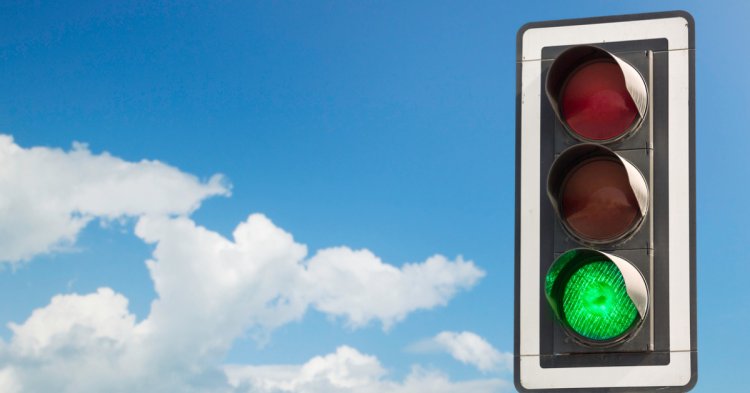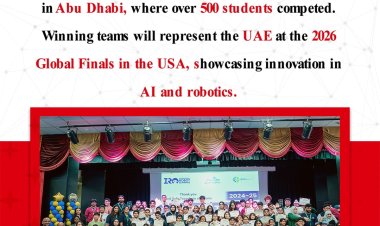Dubai to Link Traffic Lights to Car Dashboards with AI-Powered UX Fusion System

Dubai to Link Traffic Lights Directly to Car Dashboards in Smart Mobility Push
Dubai is taking a major leap in smart mobility with plans to link traffic lights directly to car dashboards, allowing drivers to receive real-time updates without needing to check their phones. The initiative, led by the Roads and Transport Authority (RTA), is part of a next-generation traffic control system known as UX Fusion, which integrates artificial intelligence, data analytics, and computer vision to manage traffic flow across the city more efficiently.
Currently in the proof-of-concept phase, UX Fusion uses footage from roadside cameras to analyse traffic conditions, identify vehicle types, and count pedestrians. This data is then processed by a central algorithm that optimises traffic signals across entire corridors not just individual intersections creating smoother flows of vehicle platoons through multiple lights. This holistic network management aims to reduce congestion, travel times, and fuel consumption citywide.
What makes the system truly innovative is its potential to communicate directly with vehicles. RTA is working with international car manufacturers to bring live traffic information into vehicles’ dashboards. This includes countdowns for green and red lights, recommended crossing speeds, and alerts for accidents or delays all displayed directly on the vehicle interface.
“Our aim is that drivers won’t need to look at their phones or maps anymore,” said Eng. Salah Al Marzooqi, Director of the Intelligent Traffic Systems Department at RTA. “They will get all necessary traffic information directly on the dashboard, helping them focus entirely on the road.”
The rollout will require collaboration between RTA and automotive companies to develop the necessary vehicle-to-infrastructure (V2X) communication protocols. Full implementation is expected within two to three years, depending on coordination and infrastructure development.
Dubai’s existing AI-powered traffic systems have already shown impressive results, improving intersection efficiency by up to 37% and cutting travel times by 10–20%, according to RTA data. With UX Fusion, the city is building on that success, positioning itself alongside global smart mobility leaders like Singapore, Helsinki, and Seoul, where connected transport systems are becoming the new urban norm.























